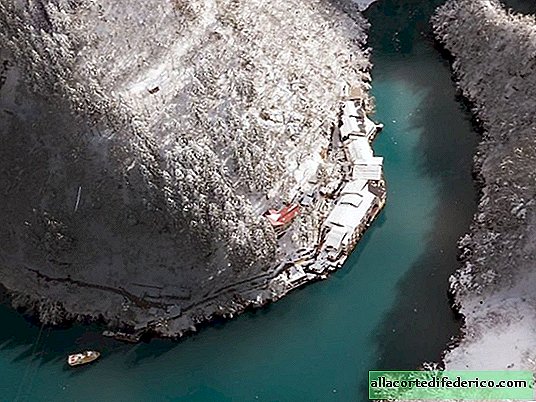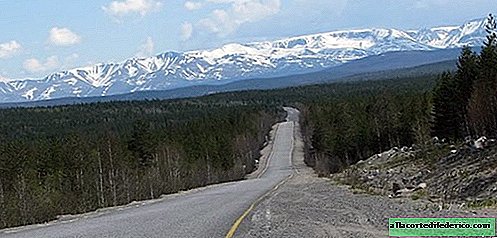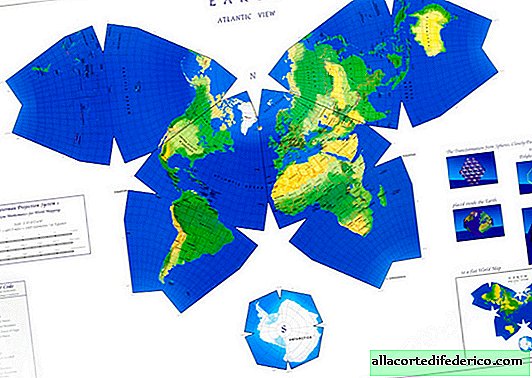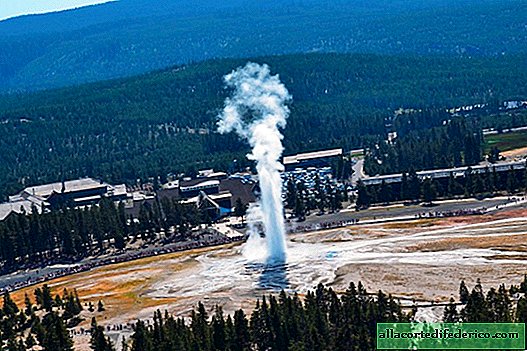Why do islands disappear in the Pacific
Scientists constantly frighten us with the fact that in the event of global warming, the sea level will rise, and vast expanses of land will disappear under water. It seems that this is not a long-term forecast, but the reality of today. Alarming news in recent years has come from the vastness of the Pacific Ocean.
According to experts, the average sea level rises by 3 millimeters per year. This is due to the melting of the ice cover of the planet. But this is an average level, and in some places, such as the western Pacific, these processes are faster. Due to the combination of wind factors and the characteristics of underwater currents, water rises by 12 millimeters per year in this area. Such indicators have been observed here since the beginning of the 90s. But 12 millimeters per year - this is very small, only 1.2 centimeters. But in 10 years it’s already 12 centimeters, and in 50 years it’s as much as 60 centimeters. We can say that global warming is already beginning to form a new face of our planet.

The alarming news comes from the Solomon Islands, which are already missing parts of their territory. This rather large archipelago, consisting of almost 1000 islands, is located in the southwestern Pacific Ocean in the region of Melanesia. In 2016, Australian geographers recorded the disappearance of 5 islands from this archipelago, and in 2017, several more islands were discovered missing in Micronesia, which is also located in the western Pacific Ocean. A number of islands with insignificant elevation marks have significantly lost in area. Due to rising levels, the ocean absorbs land, and what is left is subjected to intense water erosion. Loose sedimentary rocks are eroded and carried into the ocean. That is, the process of the disappearance of land goes in two directions at once. These islands were not so small. For example, on the island of Nalapenlod, according to local residents, in 1850 there was a battle between the Aboriginal tribes. It turns out that 160 years ago there was where to turn around, but today this island was gone.
 In the photo: mangrove forests on the ocean
In the photo: mangrove forests on the oceanScientists reassure, assuring that the low islands have a chance to survive in the fight against the ocean. Mangroves, communities of mangroves that grow on the tropical coasts, in the tidal zone, will come to the rescue. It turned out that these specific ecosystems are able to restrain negative processes for some time and their roots keep the soil from erosion.
Ironically, the regions of the planet that do not have the slightest relation to its appearance suffer from global warming. Indeed, on the territory of these islands there are no large industrial enterprises or cities with a million people, poisoning the Earth’s atmosphere. An example of these islands shows us that a rise in the level of the world's oceans is not a transcendental event awaiting the next generations of earthlings. It is already happening.


















